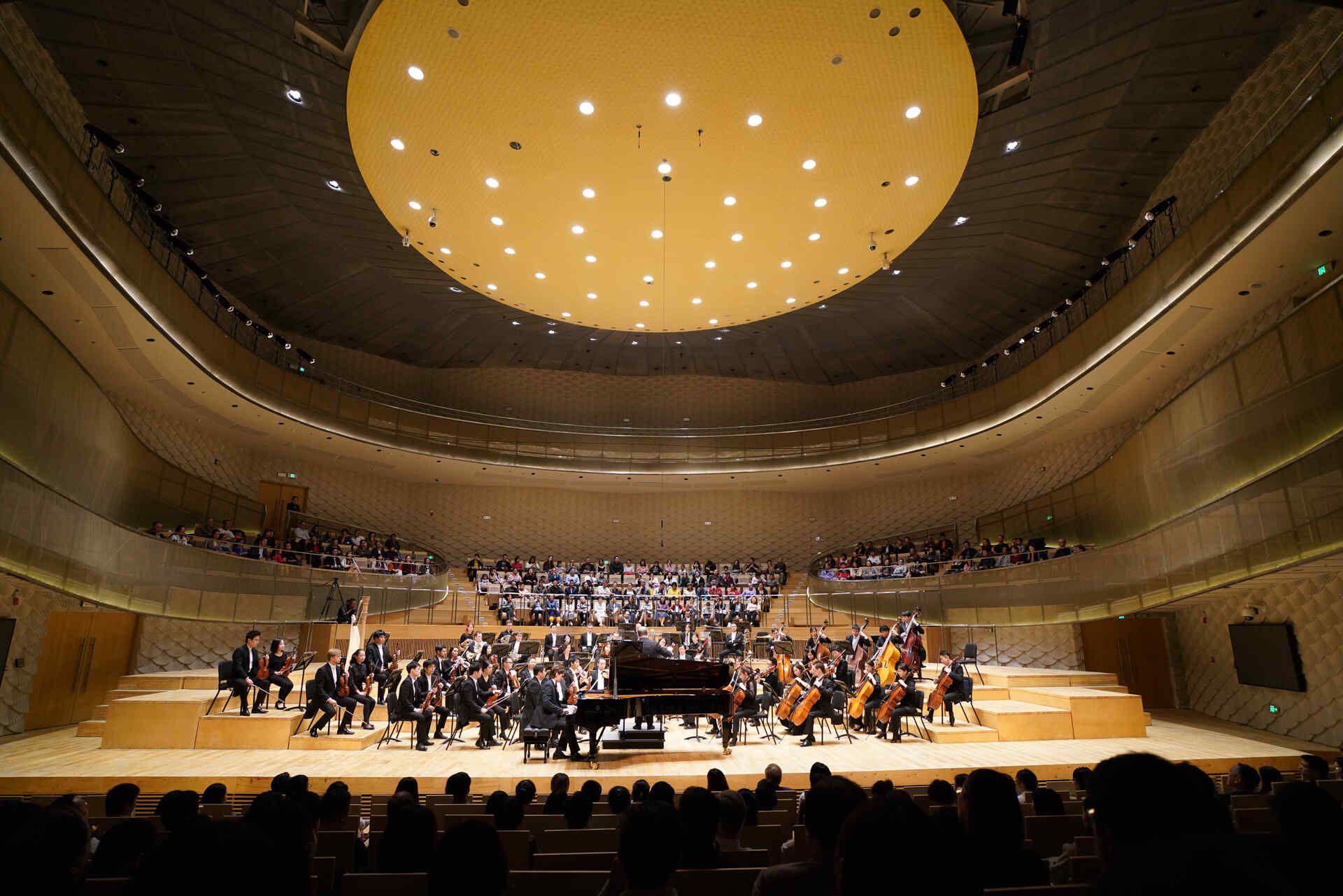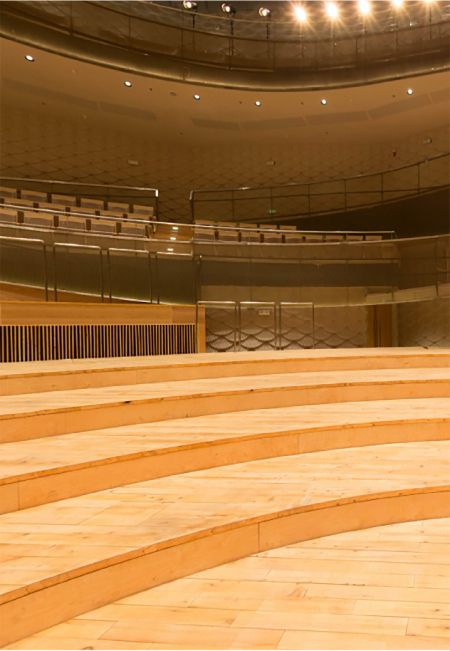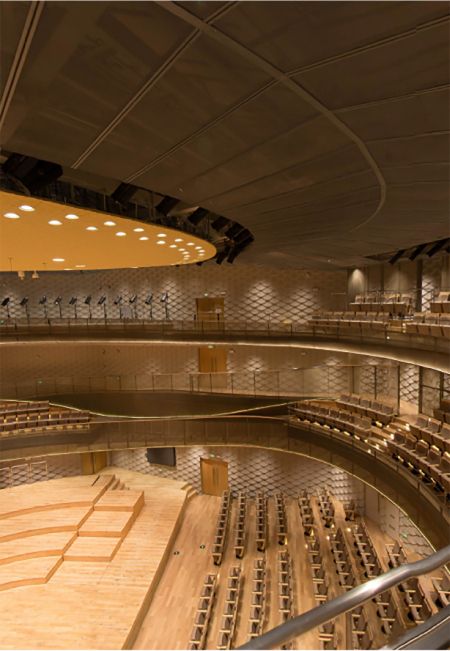The Suzhou Symphony Orchestra website uses cookies to improve and personalise your experience and to ensure the proper functioning of the website, your data will not be stored on our website after the closure of the website, by using this website you consent to the use of cookies,For more information, please visit the
Privacy Policy,thanks!



